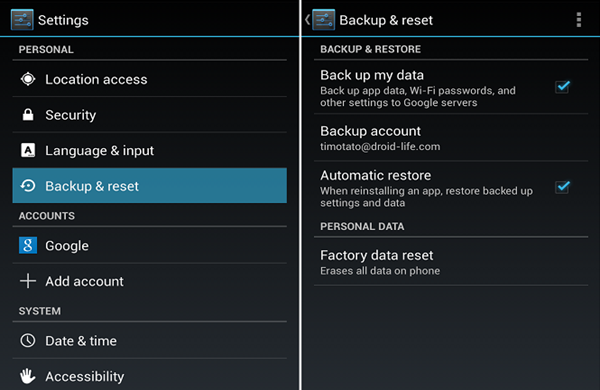

To be more precise, here are some of the ways your device can get infected by malicious software. You may have installed an app (compromised by hackers) from a third-party website. In most cases, it will be unknowingly installed on your phone by yourself. While in some extreme cases, the purpose of the malicious programs can be something very intrusive, for example, stealing banking information, or taking control of personal files and asking for a ransom. Some are not very complicated all they do is slow the phone down. Instead, viruses, Trojans, spyware, ransomware, rooting malware, adware, and computer worms are all types of malware.Īndroid malware can cause many ill-effects. Developing a virus and infesting it in another person’s device is illegal.Ĭontrary to popular belief, viruses aren’t outside the scope of malicious software. It is a program designed specifically to gain unauthorized access to a system and alter the performance, usually for the personal gains of the creator. As its name suggests, it is a “virus” for computers like how humans get sick when a virus enters their body, the device becomes “ill” when a virus makes its way through. Malware (also known as malicious software) is a computer virus. In this article, we’ll look at how to tell if your phone has a virus and the quick means to eliminate them. According to a report from AVtest, there have been more than 30 million cases of Android Malware development since 2011. With the Android platform being more popular than ever, viruses and malware on the OS have also been increasing.

Using an Operating System with Vulnerabilities


 0 kommentar(er)
0 kommentar(er)
